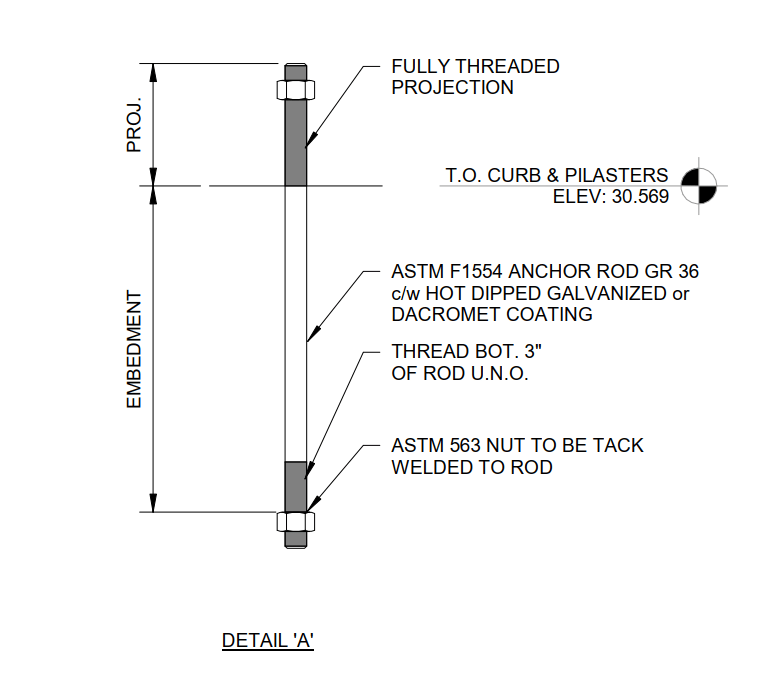Baffled Engineer
Structural
Hello,
A contractor wanted to use fully threaded anchor rods instead of threaded ends only as shown below.
I have no concerns regarding the strength & net area of the threaded rod, but I'm not sure about the concrete bonding to the threaded portion.
Is it possible that the bonded concrete in the threaded portion of the rod will crack & possibly spall before the nut anchors can be engaged by tensile forces in the rod?

A contractor wanted to use fully threaded anchor rods instead of threaded ends only as shown below.
I have no concerns regarding the strength & net area of the threaded rod, but I'm not sure about the concrete bonding to the threaded portion.
Is it possible that the bonded concrete in the threaded portion of the rod will crack & possibly spall before the nut anchors can be engaged by tensile forces in the rod?


![[ponder] [ponder] [ponder]](/data/assets/smilies/ponder.gif)